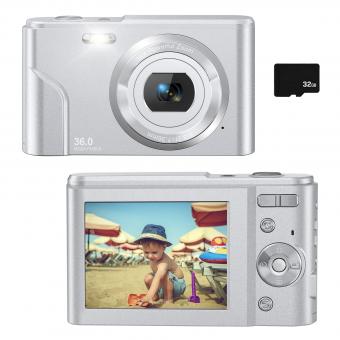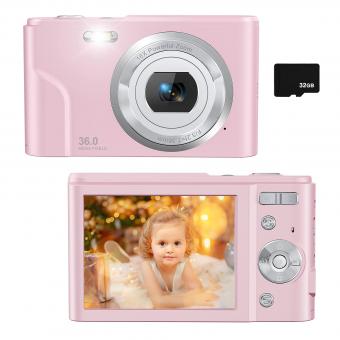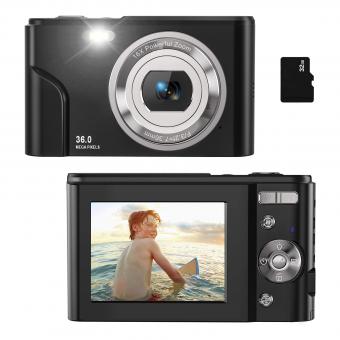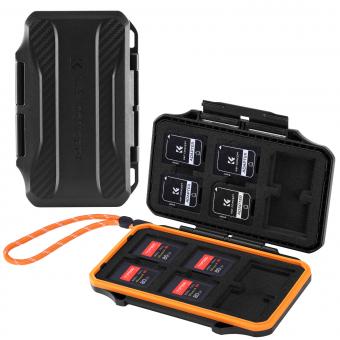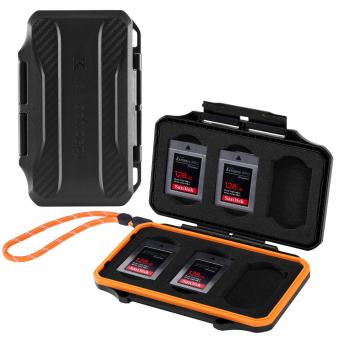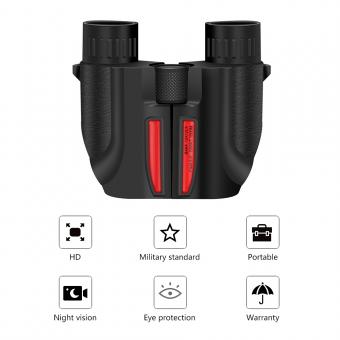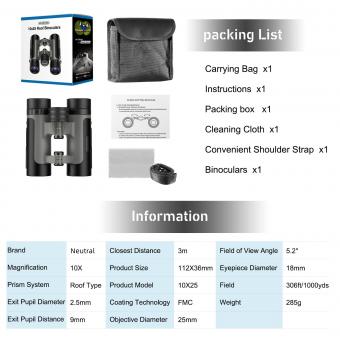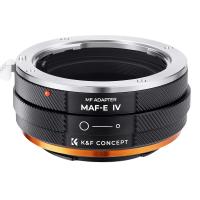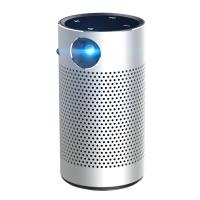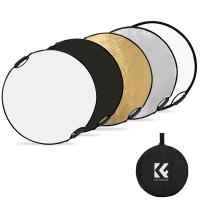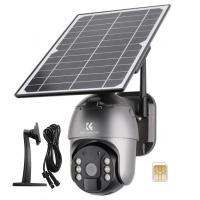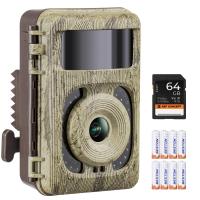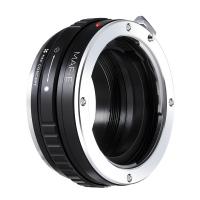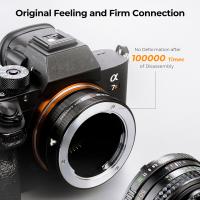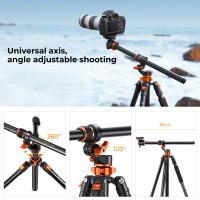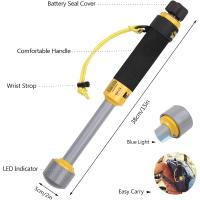Which Compact Binoculars Are The Best ?
There are several compact binoculars that are considered the best, depending on the specific needs and preferences of the user. Some of the top-rated compact binoculars include the Vortex Optics Diamondback HD, the Nikon Monarch 5, the Zeiss Terra ED, and the Leica Ultravid BR. These binoculars are known for their high-quality optics, durability, and ease of use. Ultimately, the best compact binoculars for an individual will depend on factors such as their budget, intended use, and personal preferences.
1、 Magnification power
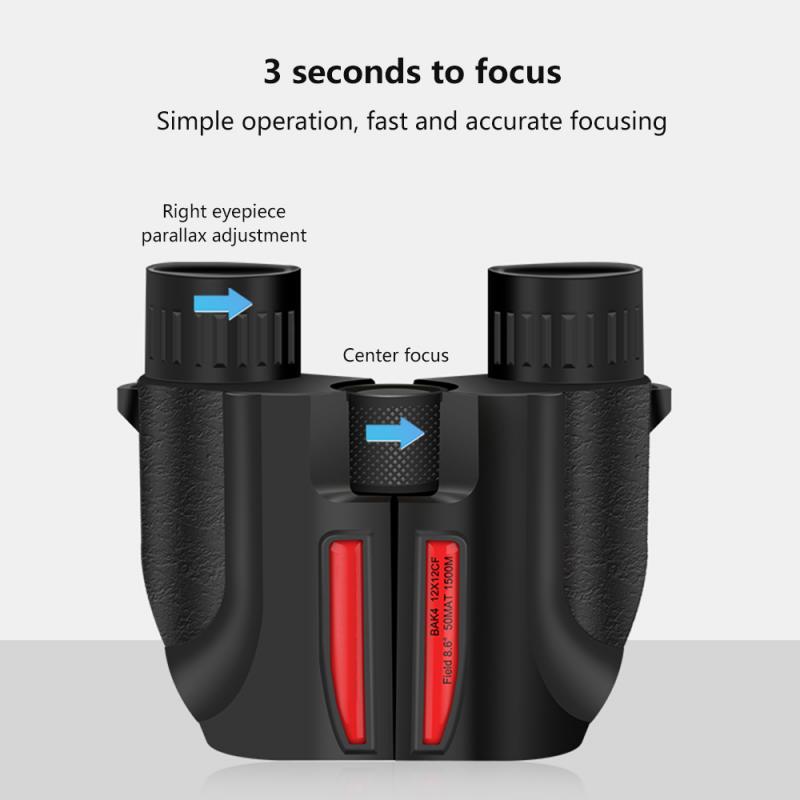
Which compact binoculars are the best? Magnification power is one of the most important factors to consider when choosing binoculars. The magnification power determines how much closer the object will appear when viewed through the binoculars. Generally, compact binoculars have a magnification power of 8x or 10x, which is sufficient for most outdoor activities such as bird watching, hiking, and camping.
However, it is important to note that higher magnification power does not always mean better quality. In fact, higher magnification power can make the image appear shaky and unstable, especially if the binoculars do not have image stabilization technology. Therefore, it is important to choose binoculars with a magnification power that is appropriate for your intended use.
In terms of the latest point of view, there are several compact binoculars that are highly recommended by experts and consumers. One of the top picks is the Vortex Optics Diamondback HD 8x28 Binoculars, which has a magnification power of 8x and a high-quality HD optical system that provides clear and bright images. Another popular option is the Nikon Prostaff 7s 10x30 Binoculars, which has a magnification power of 10x and a lightweight, compact design that is perfect for outdoor activities.
Overall, when choosing the best compact binoculars, it is important to consider factors such as magnification power, image quality, and design. By doing so, you can find a pair of binoculars that will meet your needs and provide you with a great viewing experience.
2、 Objective lens diameter

Which compact binoculars are the best? The answer to this question depends on various factors, including the intended use, budget, and personal preferences. However, one of the most critical factors to consider when choosing compact binoculars is the objective lens diameter.
The objective lens diameter refers to the size of the front lens of the binoculars, which determines the amount of light that enters the binoculars. Generally, the larger the objective lens diameter, the brighter and clearer the image will be. However, larger objective lenses also mean heavier and bulkier binoculars, which may not be ideal for those who prioritize portability.
For compact binoculars, the objective lens diameter typically ranges from 20mm to 32mm. Binoculars with an objective lens diameter of 20mm to 25mm are considered ultra-compact and are ideal for casual use, such as bird watching or hiking. They are lightweight and easy to carry around but may not provide the best image quality in low-light conditions.
On the other hand, binoculars with an objective lens diameter of 30mm to 32mm are considered mid-size and are suitable for more serious outdoor activities, such as hunting or wildlife observation. They offer a good balance between image quality and portability and can perform well in low-light conditions.
In terms of the latest point of view, advancements in lens technology have allowed manufacturers to produce compact binoculars with larger objective lenses without compromising portability. For example, some models now feature ED (extra-low dispersion) glass, which reduces chromatic aberration and improves image clarity.
In conclusion, when choosing the best compact binoculars, it is essential to consider the objective lens diameter and how it affects image quality and portability. Ultimately, the best binoculars for you will depend on your specific needs and preferences.
3、 Prism type
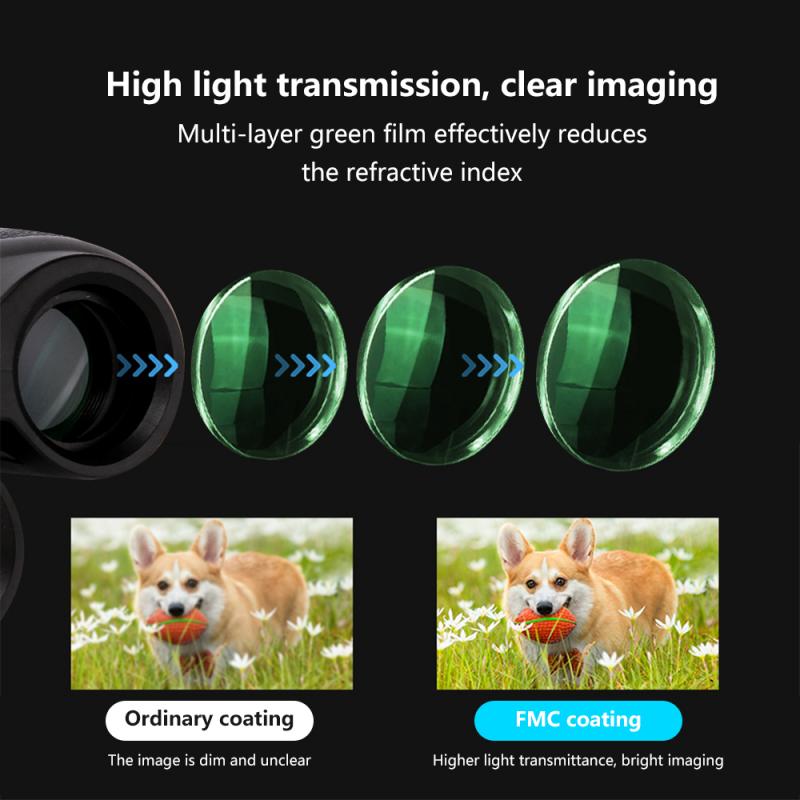
Which compact binoculars are the best? The answer to this question largely depends on the prism type used in the binoculars. There are two main types of prisms used in binoculars: roof prisms and porro prisms.
Roof prisms are more compact and lightweight, making them a popular choice for compact binoculars. They also tend to be more durable and have a more streamlined design. However, they can be more expensive than porro prism binoculars.
Porro prisms, on the other hand, are bulkier and heavier, but they tend to offer better image quality and a wider field of view. They are also generally less expensive than roof prism binoculars.
When it comes to the best compact binoculars, there are several options to consider. The Vortex Optics Diamondback HD 8x28 binoculars are a popular choice among birdwatchers and outdoor enthusiasts. They feature roof prisms and high-density glass for clear, bright images.
Another option is the Nikon Trailblazer 8x25 binoculars, which also feature roof prisms and a compact design. They are waterproof and fog proof, making them a great choice for outdoor activities.
For those who prefer porro prism binoculars, the Bushnell H2O 10x25 binoculars are a great choice. They are waterproof and have a non-slip rubber coating for a secure grip.
Overall, the best compact binoculars will depend on your specific needs and preferences. Consider the prism type, image quality, and durability when making your decision.
4、 Coating quality
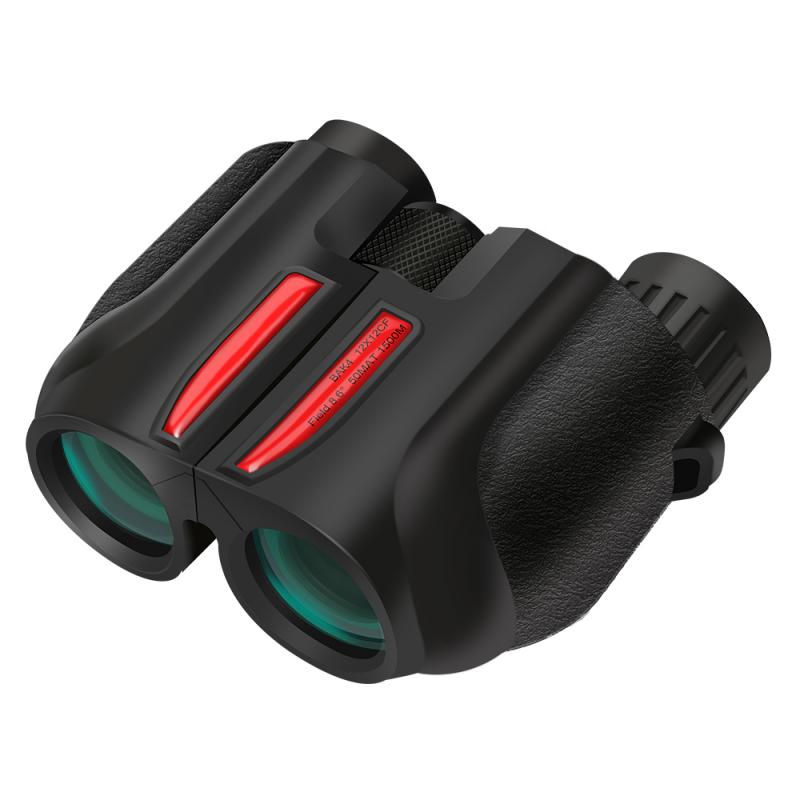
Which compact binoculars are the best? Coating quality is one of the most important factors to consider when choosing the best compact binoculars. Coatings are applied to the lenses to improve light transmission, reduce glare, and enhance image clarity. The quality of the coatings can greatly affect the performance of the binoculars.
Currently, the best coating technology for binoculars is dielectric coating. This type of coating is applied to the prism surfaces and provides superior light transmission and color fidelity. Dielectric coatings are more expensive than other types of coatings, but they offer the best image quality.
Another important factor to consider is the quality of the lens coatings. Multi-coated lenses are the most common and provide good image quality. However, fully multi-coated lenses offer the best image quality by reducing glare and improving light transmission.
In addition to coating quality, other factors to consider when choosing the best compact binoculars include magnification, objective lens size, and durability. The best compact binoculars should be lightweight, easy to use, and provide clear and bright images.
Overall, when choosing the best compact binoculars, it is important to consider coating quality as it greatly affects image quality. Dielectric coatings and fully multi-coated lenses offer the best image quality, but they come at a higher price point.



